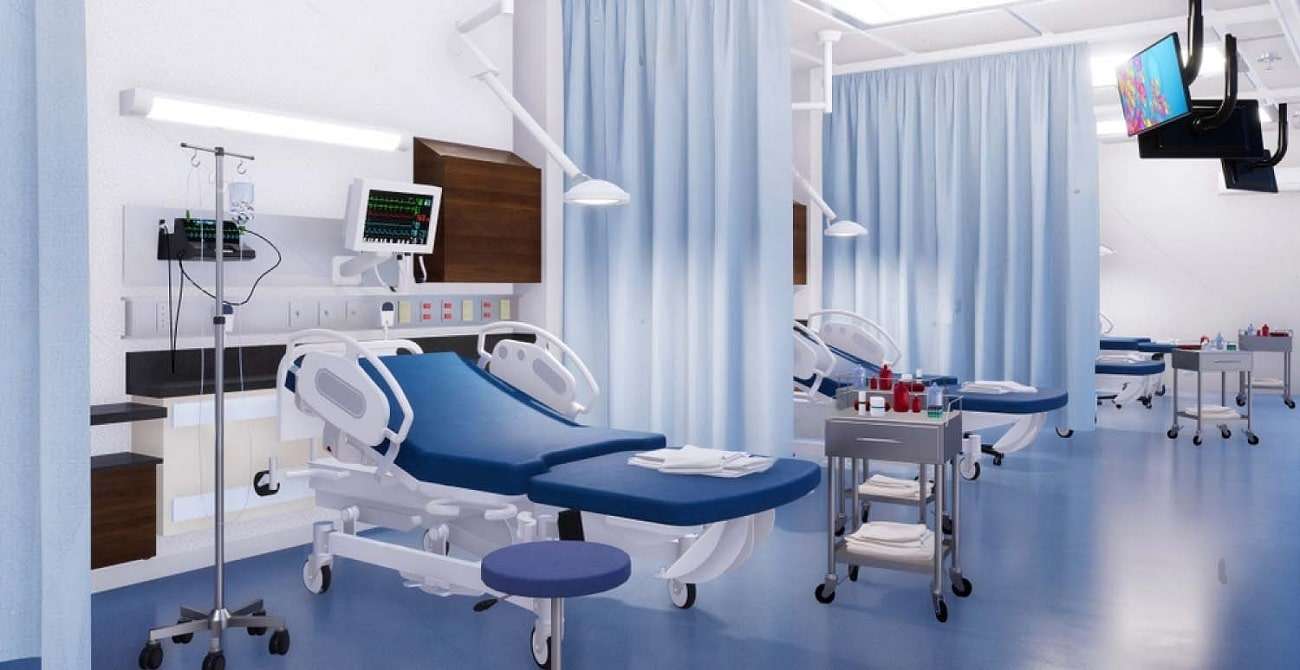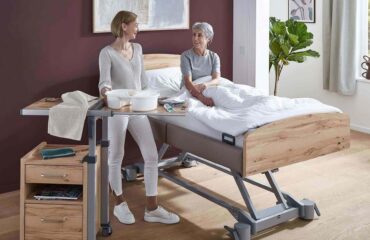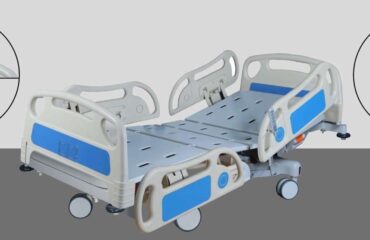Purchasing good quality hospital furniture is essential for ensuring a safe, comfortable, and efficient environment for both patients and healthcare professionals.

Here are some tips to help you make informed decisions when purchasing hospital furniture:
Assess Your Needs
- Inventory and Space Planning: Determine the specific types of furniture you need based on your facility’s requirements and space availability.
- Patient Demographics: Consider the needs of your patient population, including bariatric, pediatric, and geriatric patients.
Prioritize Quality and Durability
- Material Quality: Choose furniture made from high-quality, durable materials like stainless steel, ABS plastic, and powder-coated metals to ensure longevity and ease of maintenance.
- Construction: Check for sturdy construction with strong joints, smooth edges, and robust hardware to withstand heavy use and frequent movement.
Comfort and Ergonomics
- Patient Comfort: Select beds, chairs, and examination tables with ergonomic designs to enhance patient comfort during long stays or procedures.
- Adjustability: Opt for furniture with adjustable features such as height, tilt, and reclining positions to accommodate different patient needs and improve caregiver efficiency.
Compliance with Standards
- Regulatory Standards: Ensure the furniture meets national and international healthcare standards and certifications (e.g., ISO, CE marking).
- Infection Control: Choose furniture with antimicrobial surfaces and easy-to-clean designs to maintain hygiene and prevent the spread of infections.
Customization and Flexibility
- Modular Designs: Consider modular furniture that can be reconfigured to adapt to changing needs and maximize space utilization.
- Customization Options: Look for manufacturers who offer customization in terms of size, features, and color to meet specific requirements of your facility.
Safety Features
- Safety Mechanisms: Ensure beds and other critical furniture have safety features like side rails, locking wheels, and emergency controls.
- Fire Safety: Verify that the materials used are fire-resistant and meet relevant safety standards.
After-Sales Support and Warranty
- Warranty: Choose products that come with a comprehensive warranty covering parts and labor.
- Maintenance and Repairs: Ensure the manufacturer or supplier provides reliable after-sales service, including maintenance and repair support.
Reputation and Reviews
- Manufacturer Reputation: Research the reputation of the manufacturer or supplier, considering factors like experience, market presence, and customer feedback.
- Customer Reviews: Read reviews and testimonials from other healthcare facilities to gauge the performance and reliability of the furniture.
Cost Considerations
- Budget Planning: Determine your budget and compare prices from different manufacturers without compromising on quality and essential features.
- Value for Money: Consider the total cost of ownership, including initial purchase price, maintenance, and lifespan, to ensure you are getting good value for your investment.
Sustainability and Environmental Impact
- Eco-Friendly Materials: Opt for furniture made from sustainable and eco-friendly materials.
- Environmental Certifications: Check if the furniture has certifications like LEED or GreenGuard for environmental friendliness.
Trial and Evaluation
- Sample Testing: If possible, request samples or conduct trials to evaluate the furniture’s functionality, comfort, and suitability before making a bulk purchase.
- Feedback from Staff: Involve healthcare staff in the evaluation process to get their input on usability and practicality.
Types of Hospital Furniture
Hospital furniture is designed to meet the specific needs of healthcare facilities, providing functionality, comfort, and safety for patients and healthcare providers. Here are the main types of hospital furniture:
Hospital Beds
- Manual Beds: Adjustments are made manually using hand cranks.
- Semi-Electric Beds: Combination of electric and manual adjustments.
- Fully Electric Beds: All adjustments are made electrically via a remote control.
- ICU Beds: Advanced beds with features like cardiac chair position, X-ray translucent surface, and integrated scales.
- Pediatric Beds: Designed specifically for children, with safety features like higher side rails.
Examination and Treatment Tables
- Examination Tables: Used for general examinations, available in fixed height or adjustable versions.
- Procedure Tables: Designed for specific procedures like gynecology, urology, or ENT.
- Massage and Therapy Tables: Adjustable tables for physical therapy and massage treatments.
Seating Solutions
- Patient Chairs: Comfortable chairs for patient rooms, often reclinable and with footrests.
- Visitor Chairs: Seating for visitors in patient rooms and waiting areas.
- Doctor’s and Nurse’s Chairs: Ergonomic chairs designed for prolonged use, often with adjustable height and lumbar support.
- Stools: Adjustable stools for use in examination and treatment rooms.
Storage Solutions
- Bedside Lockers: Small cabinets for patient personal items, often with locking drawers.
- Wardrobes: Larger storage units for patient belongings, typically found in patient rooms.
- Medical Cabinets: Cabinets for storing medical supplies, medications, and equipment, often lockable and made from durable materials.
Tables and Desks
- Over-Bed Tables: Adjustable tables that can be positioned over the bed for patient use.
- Operating Room Tables: Specialized tables for surgical procedures, highly adjustable with various attachments.
- Nurse Stations: Desks designed for nurses’ work areas, often modular with integrated storage.
Mobility and Transport
- Wheelchairs: Manual and electric wheelchairs for patient mobility.
- Stretchers: Mobile beds for transporting patients within the facility.
- Patient Transfer Chairs: Chairs designed to transfer patients between beds and other furniture.
Medical Trolleys and Carts
- Instrument Trolleys: Used for transporting medical instruments and supplies.
- Anesthesia Trolleys: Specialized trolleys for anesthesia equipment and supplies.
- Emergency Crash Carts: Equipped with emergency medical supplies and defibrillators for rapid response.
Rehabilitation and Therapy Equipment
- Walkers and Walking Aids: Devices to assist patients with mobility.
- Therapy Chairs: Chairs designed for physical and occupational therapy.
- Standing Frames: Equipment to help patients stand and perform exercises.
Waiting Room Furniture
- Chairs and Sofas: Comfortable seating options for patients and visitors.
- Benches: Durable and space-efficient seating for waiting areas.
- Reception Desks: Desks for administrative staff in waiting and reception areas.
Specialized Furniture
- Dialysis Chairs: Adjustable chairs specifically designed for patient comfort during dialysis treatment.
- Bariatric Furniture: Sturdy and spacious furniture designed to accommodate bariatric patients.
- Maternity Furniture: Beds and chairs designed for maternity wards, often with features for labor and delivery.
Utility and Support Furniture
- IV Stands: Stands for intravenous drip bags, often adjustable and mobile.
- Over-Bed Tables and Trays: Portable and adjustable tables for patient use while in bed.
- Privacy Screens: Mobile screens to provide privacy for patients in shared rooms.


